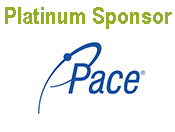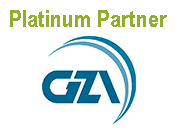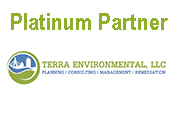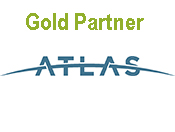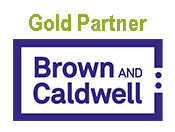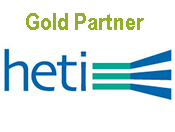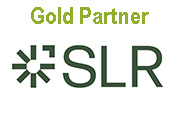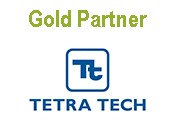Top Takeaways from October 27, 2016 MassDEP WSCAC Meeting & Planned Nov. 16th Meeting on Imminent Hazard Approach
LSPA Regulations Committee members were in attendance at the recent Waste Site Cleanup Advisory Committee (WSCAC) meeting held on October 27, 2016. The meeting was moderated by Paul Locke, and included presentations by Gerard Martin and Liz Callahan. A video of the meeting is available here and slides are available here.
The following are the committee’s "top takeaways" from that meeting, in the order in which they were presented by MassDEP.
General Program Updates (Paul Locke, Assistant Commissioner Bureau of Waste Site Cleanup)
MassDEP is still facing budget issues and is assessing another round of early retirement packages.
Final VI Guidance (Gerard Martin, Deputy Regional Director, Bureau of Waste Site Cleanup, SERO)
Gerard Martin discussed major changes between the 2014 Draft Vapor Intrusion (VI) Guidance and the recently published final version entitled VAPOR INTRUSION GUIDANCE: SITE ASSESSMENT, MITIGATION AND CLOSURE Policy #WSC-16-435. Sections 2 (Assessment) and 3 (Mitigation) were most affected. Some highlights:
- MassDEP clarified that sub-slab soil gas screening values are for screening, not assessing Significant Risk.
- The guidance includes a revised discussion of sampling recommendations.
- The discussion of exterior soil gas sampling has been expanded.
- There is an expanded discussion on indoor air screening using GC/MS or PID/FID.
- There was considerable discussion regarding the need for AULs at sites with elevated groundwater or soil gas concentrations, but low indoor air concentrations. While the LSP will need to consider many factors at such sites and will need to exercise professional judgement, MassDEP’s guidance seems to suggest that for buildings where VOC concentrations in indoor air are “significantly lower” than expected based on VOC concentrations in sub slab soil gas or groundwater, the current indoor air exposure point concentrations (EPCs) cannot be used to assess all potential future occupants, and an AUL may be required to maintain conditions that are restricting vapor intrusion.
- The guidance now provides recommendations for monitoring of both passive and active Exposure Pathway Mitigation Measures (EPMMs).
- MassDEP has updated the discussion of air purification units (APUs). They have concerns about how well APUs work with low VOC concentrations, as well as confounding sources and high moisture environments.
- The benchmark for demonstrating the effectiveness of Active EPMMs (AEPMMs) has been revised.
- MassDEP has included guidance on how to determine if an Imminent Hazard (IH) would result within 60 days of an AEPMM system shutdown.
Other Guidance Updates (Liz Callahan, Acting Division Director, Policy and Program Planning, Programming, Bureau of Waste Site Cleanup, Boston)
Final AUL & Historic Fill guidance documents are anticipated to be published in December 2016 along with a VPH GC/MS methodology.
A PFOA/PFOS fact sheet is anticipated to be available in early 2017.
MassDEP notes that these dates are based on their understanding of internal staffing commitments, and are subject to change.
AEPMM (Telemetry) Monitoring (Liz Callahan)
MassDEP provided updated numbers for telemetry system registrations. Liz noted that about 55% of the registered systems are working correctly. They note that while they are still in compliance assistance mode, in time this will be a regulatory compliance issue.
MCP Amendments (Liz Callahan)
MassDEP has rebranded the 2014 MCP Trailer Package as the “2017 MCP Amendments” and anticipate a spring 2017 public comment draft.
MassDEP is continuing to look for input and suggestions from the regulated community and intends to hold several topic-specific meetings over the next several months; topics include:
- Imminent Hazard Approach
- Permanent Solution with Conditions
- GW-1 Exceptions (NPDWSA, 40.0924(2)(b)3. )
- EPC and Averaging
- Other topics requiring shorter discussions
The first of these group discussions will be held on Wednesday, November 16th, 9:30 am -11:00 am at MassDEP Boston. This meeting will address potential amendments to focus the Imminent Hazard provisions on risk associated with short exposures, and establish the appropriate response for risk associated with medium-term exposures. An outline for the November 16th meeting will be posted ahead of the meeting.
LSPA Regulations Committee Chairs

